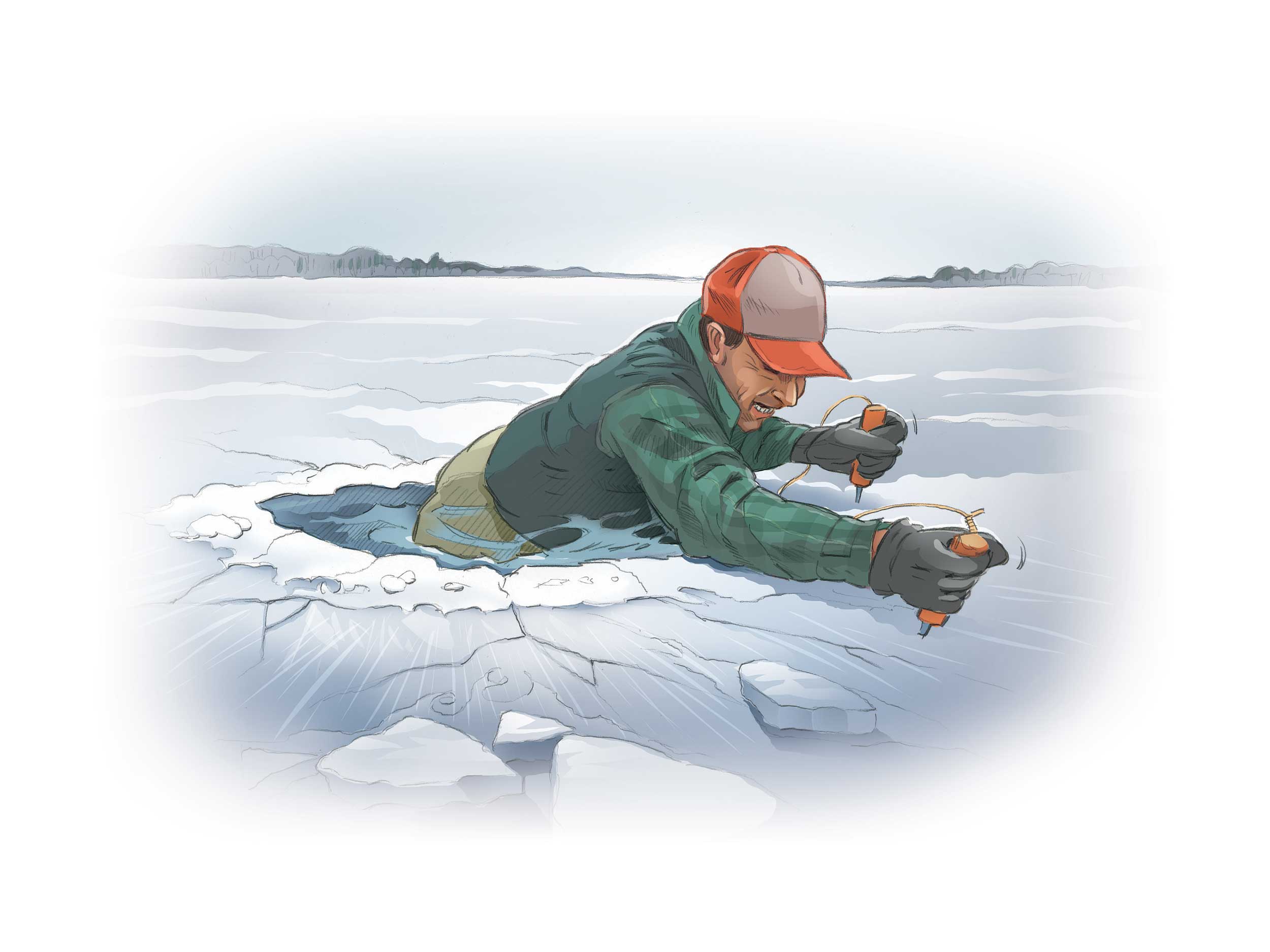During the winter, the term “bitterly cold” will be tossed around a lot, and most folks just want to get it over with. Then comes March, with its tantalizingly warm days that hint at an early start to spring, but then exits with nights where the cold simply refuses to ease its grip.
Advertisement

During the peak of winter, we’re expecting the bone chilling cold. We wear our big, puffy coats, hear the forecast for minus 1 million and step outside, already braced for the frigid, clear air. But we’re an excitable bunch when the sun begins warming our cheeks on beautiful days.
There are more cases of hypothermia during the spring (and fall) months than during winter. We’re not ready for the drop in temperature late in the day when we’ve had a balmy March afternoon. We’re not ready for the damp air that seems to cut through our clothing after two months of dry air that our fleece and down staved off.
Advertisement
Hypothermia is a killer. Plain and simple. Though strangely, after you get past the initial shivering it’s considered to be one of the most pleasant ways to die. Your body temperature begins to drop from 98.6 degrees Fahrenheit (37 degrees Celsius) and as it drops, you become clumsy, forgetful and tend to walk around in a stupor, kind of like a lot of my friends now that I think of it. Severely hypothermic people have been known to strip down from their protective clothing, stating that they are quite warm and comfortable, even though they are slowly freezing to death. But they aren’t technically freezing to death – their body temperature is chilling them and they die way before freezing.
Over-exertion that leads to sweating during the warmth of the day is deadly. By 6 p.m., your inner clothes are soaked with sweat and now the sun is going down. Within minutes, the chills up your spine begin. From there, it’s a dangerous, downward spiral, yet it’s all easily avoided with some simple preparation. Don’t become overconfident with the beautiful, warming sunshine of the day. Nights can dip well below zero quickly. Dress in layers and, though it’s a bit of a pain, constantly strip down or layer up if you are cold or hot.
Advertisement
Read that last sentence again. It is one that can save your life. Remember my favourite saying: “If you sweat, you die.”
That is the long and slow story of hypothermia. But there also exists the Coles Notes version: immersion. Also known as plunging through the weak ice into frigid lake water, or, for some people, a naked New Year’s Day tradition. After a few days of thawing, water will begin to wind its way along the path of least resistance, down to the lakes, creating sink holes and weak ice everywhere. Now ice that 30 days prior was strong enough to drive a truck on has weaknesses and fault lines large enough for your poorly dressed body to break through.
The key to surviving a fall through the ice is – you guessed it – preparation. Simply put, don’t ever venture out onto frozen lakes without a pair of ice grippers around your neck, easily accessible. You don’t get a second chance at this.
It’s hard to generalize the look of ice and say it means one thing or another, so as a general rule I would say watch out for the dark spots, areas on the surface of the lake where the slush and water has gathered and weakened the ice. Anywhere a river or creek flows into a lake will be weak for some distance, in a semi-circle, around the mouth of the tributary. If you must travel on a frozen body of water and you already know the ice is weak, then it can help to have a long pole, perhaps even an ice chisel. You can test the ice in front of you as you gingerly walk, and also use the pole held horizontally to save you from falling all the way through a hole.
If you do fall in, the best method is a good scissor kick up from the water, and then rolling yourself out on to the ice surface. Any friend nearby that wants to rescue you must do so by finding something they can throw to you or reach out to you to give you something to grab hold of. They also need to lie flat if they are trying to get closer to you, so that their weight is spread out on the weak ice around your hole. Falling through the ice is not a team sport.
Once you’re out, it’s time for a big fire. Scratch that. I mean a massive fire. Huge. We’re talkin’ the kind of fire you could view from space. That’s the only thing that will knock the chill out of your now naked body. Sorry, but you have to strip down and get all the wet clothes off if you want to dry out. And it is absolutely vital that you do this out of the wind. Keep moving. Do jumping jacks. Get your blood flowing back through all your extremities. Did I mention to get out of the wind? The wind is a killer; you must be protected from it. You don’t want to add frostbite to your problems.